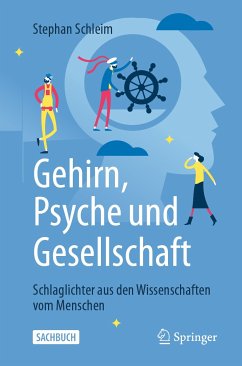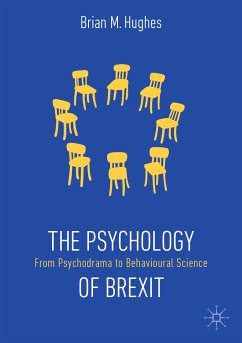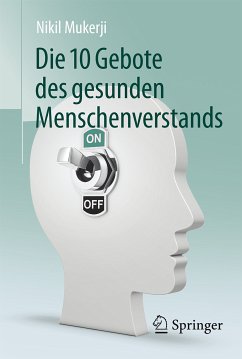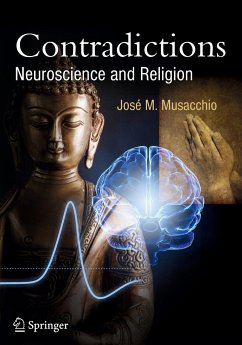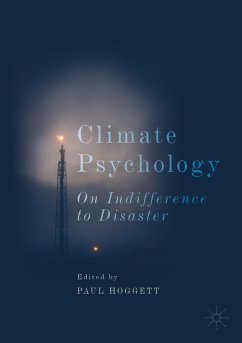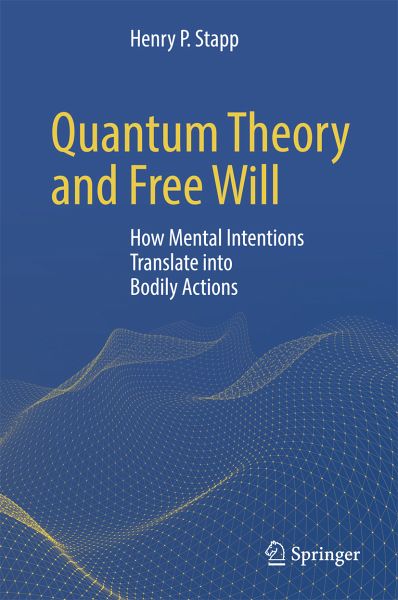
Quantum Theory and Free Will (eBook, PDF)
How Mental Intentions Translate into Bodily Actions
Versandkostenfrei!
Sofort per Download lieferbar
48,95 €
inkl. MwSt.
Weitere Ausgaben:

PAYBACK Punkte
24 °P sammeln!
Explains the philosophy behind quantum mechanics
Considers whether phenomena commonly considered "paranormal" can be accommodated by quantum mechanics
Avoids equations almost completely!
Considers whether phenomena commonly considered "paranormal" can be accommodated by quantum mechanics
Avoids equations almost completely!
Dieser Download kann aus rechtlichen Gründen nur mit Rechnungsadresse in A, B, BG, CY, CZ, D, DK, EW, E, FIN, F, GR, HR, H, IRL, I, LT, L, LR, M, NL, PL, P, R, S, SLO, SK ausgeliefert werden.






